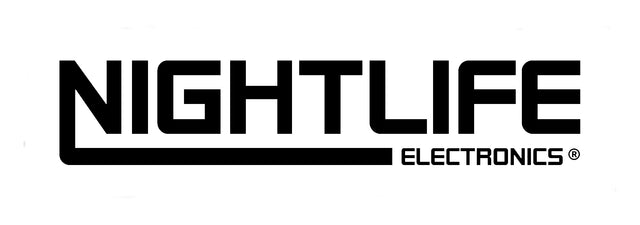Regular price CAD$340.00
The basic functionality of an electromagnetic coil is dead simple. It can send and receive electromagnetic waves. That's it.
The surprising thing is just how many musical applications you can find for it. Here are some basic ways you can use coils:
Pick-up With a single coil, you can pick up electromagnetic waves in your environment. There are many things in our modern world that emit such signals, power supplies, electric motors, and cell phones are just a few examples. You can even use a coil to pick up physical vibrations from things like guitar strings, or anything magnetic. Tape some magnets to a top and give it a spin, then use a coil to hear it slowy glissando to a stop.
Amplitude With two or more coils, things start getting interesting. If you feed one coil a sound source you can then pick up that sound using a second coil. The closer the coils, the louder the sound.
Routing By setting up multiple coils as pick-ups you can selectively route any source to one or more destinations. For example, you could set up a stereo pair of coils so that proximity to one or the other would effect the position of that sound source in the stereo field. Another example, if you send the signal from one of the pick-ups to an effects processor, you can then use that coil like an effects send.
Phase rotation Moving coils relative to one another can change their phase relationship. In some specific positions, the phase cancels completely, resulting in a dead zone. These dead zones can be used expressively, allowing you to effectively mute any given channel.
Coloration and saturation If you use an oscilloscope to compare a sine wave before and after running through a pair of coils, it’s apparent just how much the process changes the wave form. There’s a nonlinearity to it. A crunchy warmth. High-end studios use high-end audio transformers. The coils system is basically a decoupled audio transformer, so it can sound just as good. And if you drive the coils hard enough they saturate in the most analog of fashions.
CV controlled dynamics Electromagnetic coils work by sending and receiving the changes in signal strength over time, so a static signal doesn't register. In the audio world, that means that coils can transmit and receive audio, in the form of a changing AC signal, but not control voltages, in the form of static DC signals. However, DC signals do add load to a coil, meaning the more DC is present, the closer the coil gets to overloading. Subtle amounts of DC can cause overdriven distortion effects, and more extreme levels will actually completely silence the coil. This allows you to use a coil as a kind of CV controlled dynamics processor. Used in conjunction with an envelope follower, you can use it like a compressor/limiter, or go deep into more intensive transient sculpting.
CV controlled feedback oscillator If you set up a feedback loop with two or three coils, you get a constant pitch. Moving the coils physically changes the pitch. You can also get some CV control of the pitch via the CV controlled dynamics feature described above, or by CV controlling a filter on the signal before the loop. It's not a volt-per-octave oscillator, but it can be a fun sound source to play with.
**THIS LISTING IS FOR A SET OF FOUR COILS. PURCHASE SINGLE COILS HERE**

